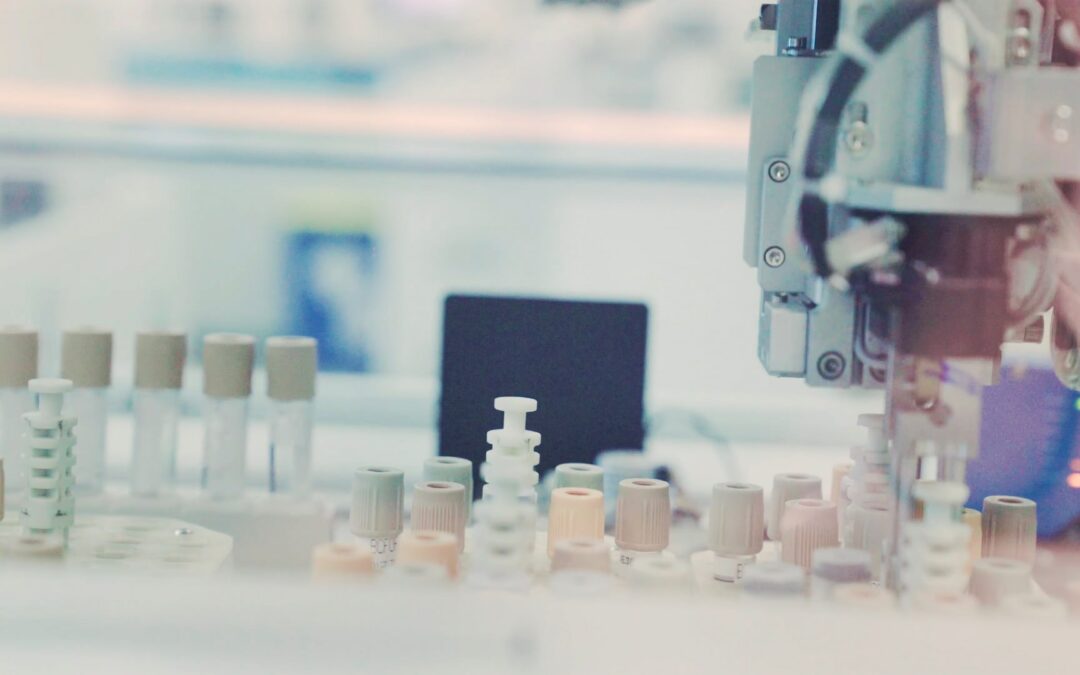Biobanks studying genes and human health in large populations are popping up around the globe, but what are researchers to do when they uncover medically important—or potentially lifesaving—results for volunteers who gave their DNA anonymously to science? A research team in Boston has been tackling this question.
The debate surrounding return of results
In the early days of genomic research, there was no intention to recontact study participants who had incidental DNA findings. It was logistically daunting, too expensive, and raised ethical, legal and social questions. Consent forms were simple: you will not be recontacted.
An incidental finding “has potential health or reproductive importance and is discovered in the course of research but is beyond the aims of the study.”
After over a decade of debate, perspectives on this have evolved. We now know many research participants and researchers alike believe in return of results (RoR)—at least the medically important ones. However it is still not common practice, in part because there’s no guidance on how to do it—which results (i.e. genes) to give, how to recontact people at this scale, how much time and money to budget for it.
Until now.
Recently, Mass General Brigham (MGB) Biobank researchers published a study with details and insights on how to return actionable genetic results to biobank volunteers.
Between 2017 and 2021, the Brigham and Women’s Hospital’s Genomes2People (G2P) team analyzed the genomes of over 36,000 volunteers in the MGB Biobank and offered to re-contact participants who had actionable results.
Actionable results can impact a person’s medical care—knowing about the risk associated with these results and acting on them (i.e., with increased screening) improves health outcomes.
The team returned results for 59 genes (i.e. “the ACMG 59”) compiled by the American College of Medical Genetics and Genomics in 2012 that are associated with worrisome, yet medically actionable, conditions. In short, these are results which shouldn’t be ignored, even if they are a secondary finding and not the reason for the test.
Overall, 256 biobank volunteers were recontacted and told they carry a “medically important DNA change”. One third declined further discussion, but the others agreed to hear more.
After confirming the DNA findings in a CLIA-approved (i.e. accredited) lab, results were disclosed to participants by a genetic counselor or geneticist. Follow-up medical care was handed back to their own health care provider.
Returning actionable results appears worth it.
This study hopes to give investigators, who may feel intimidated by the cost and logistics of implementing a RoR protocol, something to work with. It also highlights the value of offering to return results that could meaningfully reduce a person’s risk for disease.
They found 76.3% of participants with incidental findings were unaware they carried these actionable variants. And, when surveyed, volunteers did not feel distress or regret about being recontacted, or about receiving an unexpected result, if they elected to do so.
RoR protocols will need to scale up and adapt.
Our understanding of genomic results will continue to improve over time, as will medical interventions to reduce risk or prevent disease. In 2021, the ACMG list of actionable results expanded to 73 genes, now known as the ACMG 73, and it will continue to grow. Which means the burden of RoR will expand too.
Large population-based genomic studies like the NIH-funded All of Us program plan to return actionable genomic results to 1 million Americans. One-on-one disclosures with a genetic counselor may not be feasible at this scale.
We can envision the need to develop health communication tools (e.g., chatbots, interactive reports, or other digital strategies) to disclose some of these actionable results in the future.
User comprehension studies will be key.
As participants have varying levels of genetic and health literacy, it will be important to develop accessible and easy to understand tools to communicate medically important results that can serve a wide population. User comprehension studies and user experience studies can help boost comprehension of the content, optimize design of the report, and ensure the communication tool is effective for a diverse population.
Studies have shown that returning actionable genomic results benefits research participants. Best practices for RoR will continue to develop over time.

